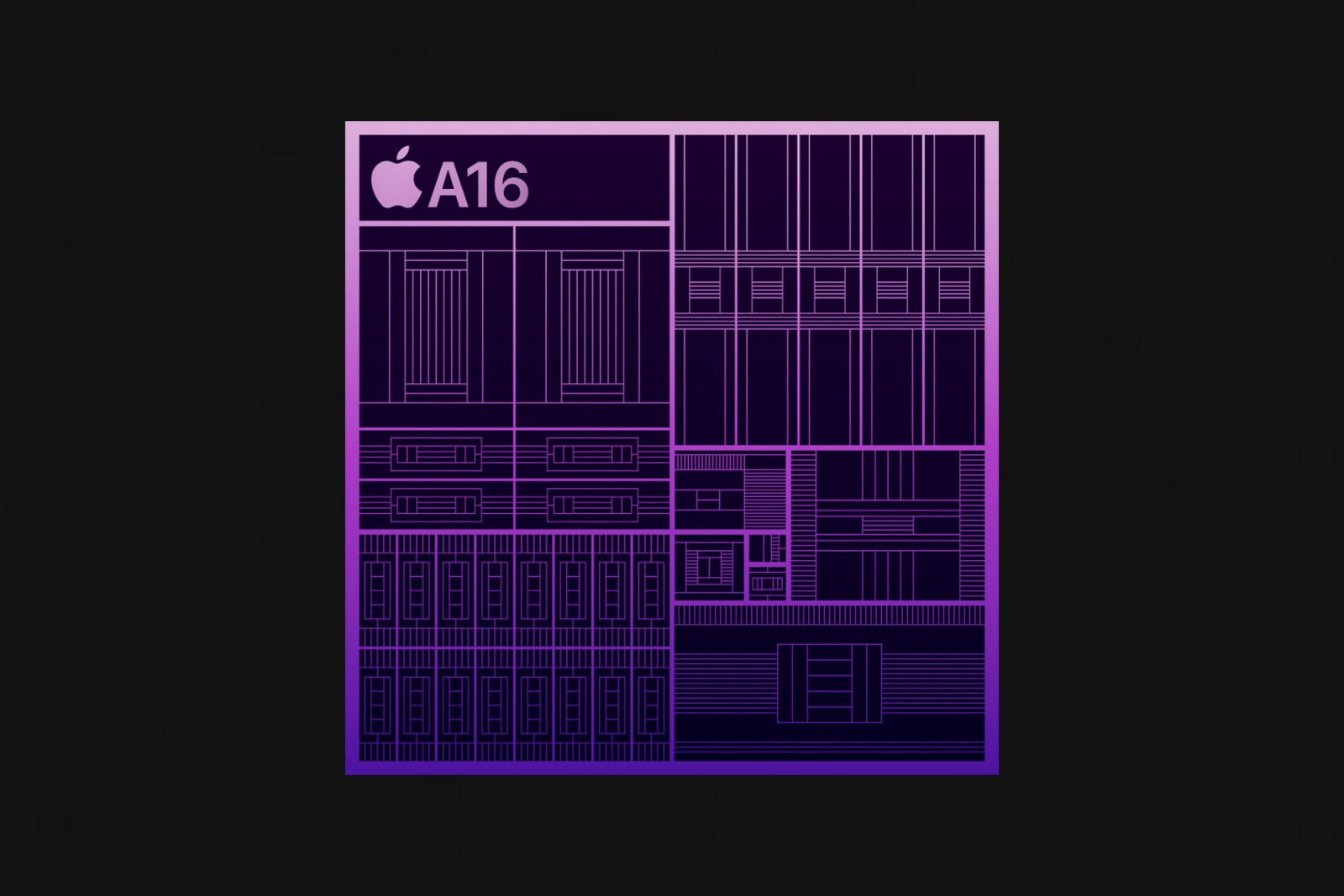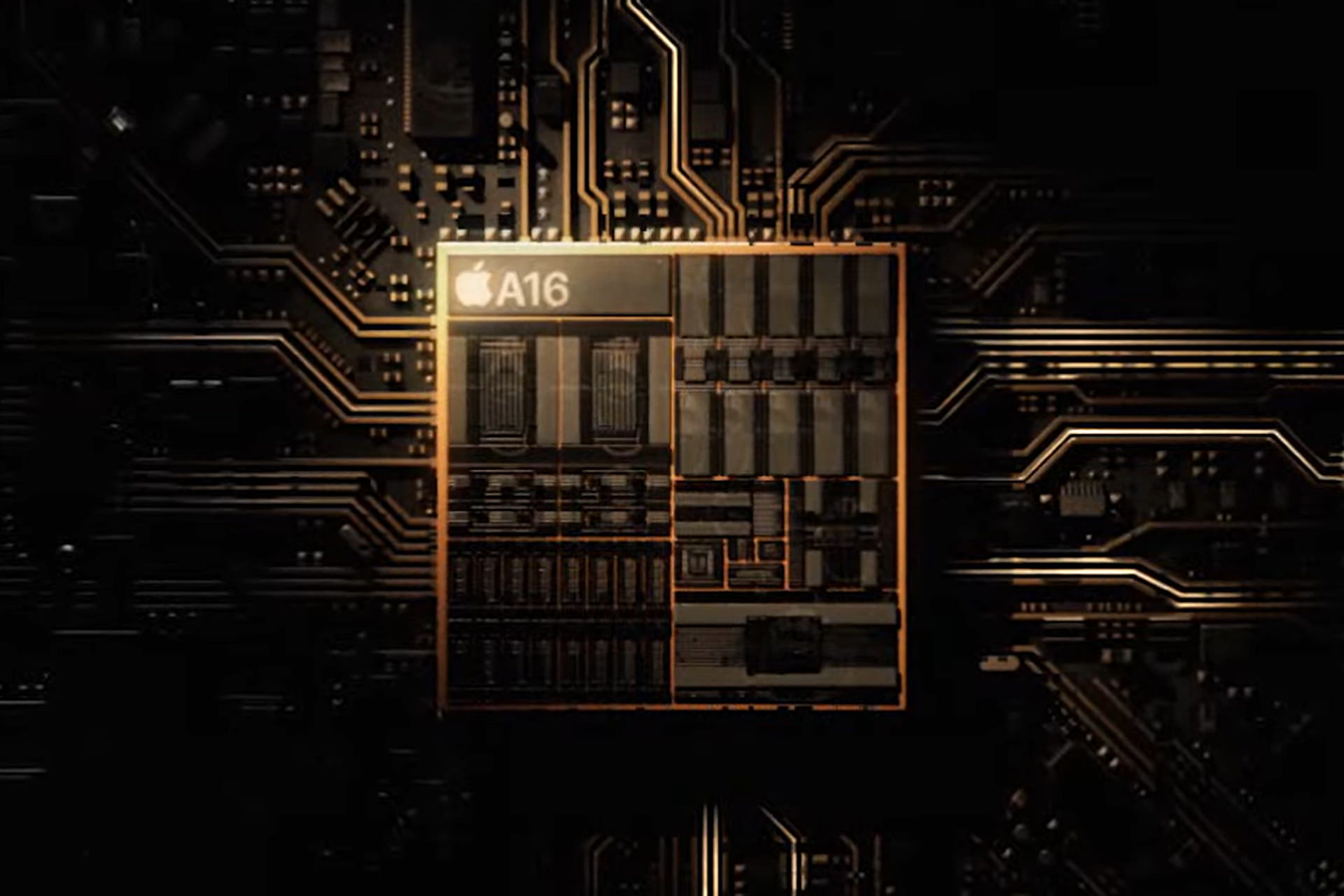Exclusive: iPhone 14 Pro Max In Early Benchmarks; A16 Chip Challenges Competitors
Exclusive iPhone 14 Pro Max Benchmarks Show That Apple Is Still The Undisputed Power In Designing Chips Based On The Arm Architecture.
It is no secret that Apple has been designing the most powerful chips based on ARM architecture for years, which few companies can compete with; the giant of the technology world in Mac computers has abandoned Intel chips for some time and uses its processor.
Fortunately, we now have the opportunity to scrutinize the latest processing achievement of Cupertino’sinos as the beating heart of the iPhone 14 Pro models in our benchmarks.
Unlike previous years, Apple took a different approach this year in the iPhone 14 family of chips; In this way, the standard iPhone 14 models are powered by the same chips as the previous generation; While the Pro models are equipped with ith A16 Bionic chip.

The mentioned chip is essential in many ways; Because it will most likely appear in the primary basic platform for M3 c, hips will share the same cores; Therefore, processing benchmarks can provide us with a good view of Apple’s processing developments regardless of the iPhone world.
To measure the chip’s raw power chip, we put the iPhone 14 Pro Max against the Geekbench 5 single and multi-core t, sts, A benchmark that claims to minimize the impact of different operating systems and platforms. After repeating barsarks, Apple’s most expensive smartphone scored 1,887 points in the single-core test and five issues in the multi-core test.
Competing with Apple’s new powerful cores can conquer Mount Everest!
For a better understanding, it is good to know that the iPhone 13 Pro Max scored 1745 points in the single-core test and 4813 points in the multi-core test, respectively, in our previous tests.
In other words, the new chip can integrate part of its progress into two high-powered Everest cores and four low-power Sawtooth cores, which have been completely redesigned.
The naming of high-powered nuclei refers to the highest mountain in the world, Everest. In a way, Apple considers the competition with new high-power corestrickycult as conquering Mount Everest, although, considering the results, it may not be wrong.
In fact, for a long time, none of the active players in the design of ARM chips have been able to approach the power of the cores designed and designed by Apple.
parameter / model | iPhone 14 Pro Max (A16 bionic) | iPhone 13 Pro Max (A15) | Pixel 6 Pro (tensor generation 1) | Galaxy S22 Ultra (Snapdragon 8 generation one) |
|---|---|---|---|---|
| Single core score | 1887 | 1745 | 1090 | 1239 |
| Multi-core score | 5413 | 4813 | 2614 | 3551 |
All the results obtained are the result of tests in the same laboratory conditions.
In comparison, the Pixel 6 Pro had a single-core score of 969 and a multi-core score of 2614 in the same benchmarks, and on the other hand, the Galaxy S22 Ultra’s score in the same conditions does not exceed 1239 in the single-core test and 3551 in the multi-core test; Thus, Apple’s new flagship phone on paper displays much better performance than its competitors; While if we base it on the iPhone 13 Pro Max, the new phone with its 4nm chip will only be an improved version with a reasonable improvement.
A16 Bionic chip; A reasonable development that carries the legacy of previous generatiFollowingwing its usual tradition, Apple did not provide much information about the A16 Bionic chip when unveiling the iPhone 14 family, and even the presented charts were very vague and sometimes compared to the company’s three-generation chip.
However, Apple emphasized that the new chip is much more optimized than its previous generation, despite offering less power; the two new high-power cores provide up to 20% less consumption than the high-power A15 Bionic cores.
The results of our benchmarks are also almost in line with this claim, and the new city brings a not-so-impressive but acceptable improvement, at least in the CPU department.

Apple’s A16 chip, like all smartphone chips, is a system-on-a-chip (SoC); It means an integrated chip that contains most of the main components related to processing, including the central processor, graphics process and memory, etc., as a whole unit, and these components are soldered to the original silicon wituniquecial technique; Therefore, does not rely only on scrutiny in the CPU department.
We took help from the Vulkan/Metal section of Geekbench and the GFX benchmark to evaluate the performance of the two phones in graphics processing, such as games.
The iPhone 14 Pro Max graphics processor scored 15208 in the Geekbench test, wholly showing a slight improvement of Apple’s chip compared to its previous generation; Because we reached 14326 points on iPhone 13 Pro Max last benchmark/model
model | iPhone 14 Pro Max | iPhone 13 Pro Max (A15) | Pixel 6 Pro (tensor generation 1) | Galaxy S22 Ultra (Snapdragoeration one) |
|---|---|---|---|---|
| Car Chase Offscreen | 110 frames per second | 115 frames per second | 56 frames per second | 92 frames per second |
| OpenCL Vulkan/Metal | 15208 | 14326 | 7223 | 5835 |
All the results obtained are the result of tests in the same laboratory conditions.
In the Aztec Ruins test, with the High Tier Offscreen settings active, the new Apple chip reaches 110 frames per second, which is a better performance than the Galaxy S21 Ultra with 92 frames per second; But it is interesting to know that this result does not make the iPhone 14 Pro Max unbeatable in this benchmark; Because the database clearly shows that the iPhone 13 Pro Max still holds the top spot in the “Car Chase Offscreen” GFX benchmark by providing 115 frames per second.
Finally, we should mention that the iPhone 14 Pro Max will be launched with the same storage memory as the previous generation (128 | 256 | 512 and a 1TB version); However, their RAM module has been upgraded to LPDDR5, which results in 50% more bandwidth compared to LPDDR4X.
According to the data from the JazzDiskBench benchmark, the iPhone 14 Pro Max achieves sequential read and write speeds of 1,657 and 1,243 MB/s. This result is not surprising and does not show any distinct difference from the previous generation.
Benchmark /JazzDiskBench | iPhone 14 Pro Max | iPhone 13 Pro Max (A15) | Pixel 6 Pro (tensor generation 1) | Galaxy S22 Ultra (Snapdragon 8 era one) |
|---|---|---|---|---|
| Sequential reading rate (UK megabytes) | 1657 | 1600 | 1544.11 | 1919.89 |
| Sequential write rate (UK megabytes) | 1243 | 1248 | 243.3 | 1218 |
All the results obtained are the result of tests in the same laboratory conditions.
***
As it is known, iPhone 14 Pro Max leaves all its competitors at least in processing benchmarks; But we should not forget that in the coming months, the new generation of the mentioned phones will be unveiled and put on the market, and this issue can change the results.
Moreover, it is better to wait for our final review with comprehensive diagrams and explanations so that a fair conclusion can be drawn with a complete view of the weaknesses and strengths.

